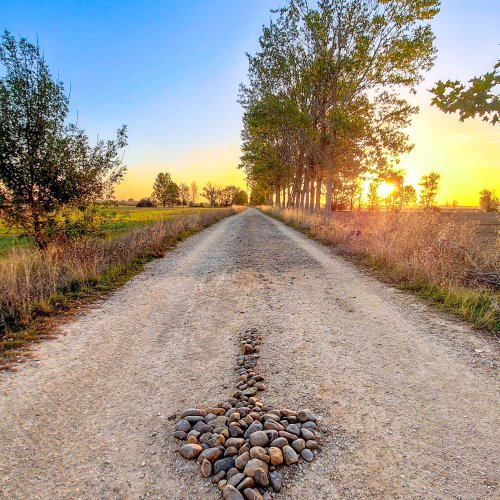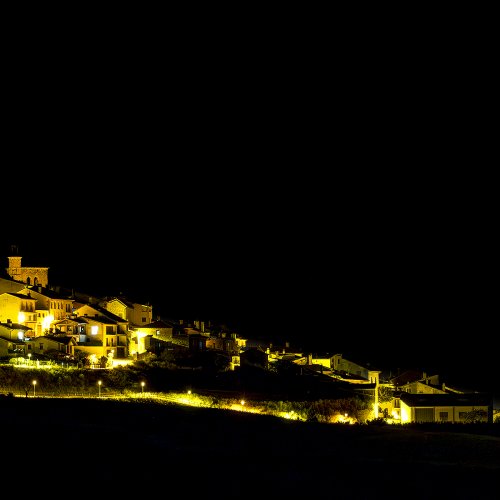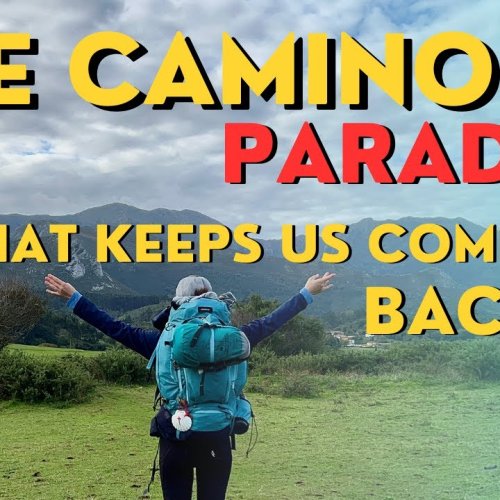Yes.
Here is a repost of what I have previously written and posted for those concerned with Plantars Fasciitis:
Top Exercises to Help Avoid Plantar Fasciitis
Plantar fasciitis is a common type of chronic heel pain. It seems to affect young male athletes and middle-aged obese women more than any other group, but that does not mean other groups are immune to it. The inflamed tissue around the heel seems to cause a stabbing-like sensation, which is worse in the morning. This condition may be prevented, and the following exercises will help you do that.
Arch Stretching
Stretching your arch muscles is not too difficult, but the exercise is a little peculiar. The first thing you need to do is take off your shoes and get barefoot, and then place a towel on the floor. Now, simply place your foot on the towel, and curl your toes to clench the towel. Pull the towel toward you, and that is it. Place the towel in front of you again, and repeat. Be sure to do the same for your other foot.
This exercise is typically suggested by professionals for those who actually have plantar fasciitis already, but it can definitely be helpful to everyone. You should try and do this several times a week, but make sure to not overstretch your feet while you’re doing it.
Calf Strengthening
The calf and the tendons surrounding your heel need to be strengthened. A simple exercise that may help you do this is calf raises. What you want to do is stand straight on level ground. You should be barefooted for best traction, but it is not absolutely necessary. Now, all you have to do is lift your heels off the ground so that you are standing on your toes. Stay in this position as long as you can before returning your heels to the ground, and just repeat this at least nine more times.
Another way to do this exercise that works great is to stand at the edge of a stair or curb. You want your toes to be what keeps you on the stair or curb. Then, raise your heels up so that you are on your “tippy toes” and then back down again, but allow your heels to go lower than your toes past the edge of the stair or curb. This exercise allows for a fuller stretch.
Alleviate Pronation
Pronation is a natural part of your foot’s movement. This refers to how the foot rolls and applies pressure when the heel finally hits the ground. Pronation may be normal, but that does not mean the constant shock it receives when you walk or run does not have an effect on it. One way you can alleviate the pressure is to try doming. To do this, just place your foot flat on the ground, and then press your toes on the ground while keeping your heels firmly on the floor. This should create a dome between your heel and toes. Maintain this position for 10 seconds, straighten your foot, and then just start again.
Work the Interossei
The Interossei muscles help support your arch muscles thus preventing this issue. All you have to do is place a large rubber band around your toes for resistance. Then, stretch your toes and hold for 10 seconds. Squeeze your toes for another 10 seconds, and repeat these steps about five to 10 times.
What to Do When Your Feet Are Hurting?
Whether or not you’re at risk of getting Plantar Fasciitis, you’re going to come across a time where you’re feet are going to hurt. Maybe you were standing all day at work, ran a marathon, or whatever. If your feet are hurting, take a break and rest, stretch, and recover. Get off your feet for a little bit and either ice or heat your feet. If you notice any swelling or severe pain, then ice it. If it’s just sore, then apply heat with a hot bath. Then, make sure to rub out the tension and to do some basic exercises. You can try the ones above or do some other types. One popular one is to roll a tennis ball underneath the feet. This helps to preserve the arch and massage it at the same time


















